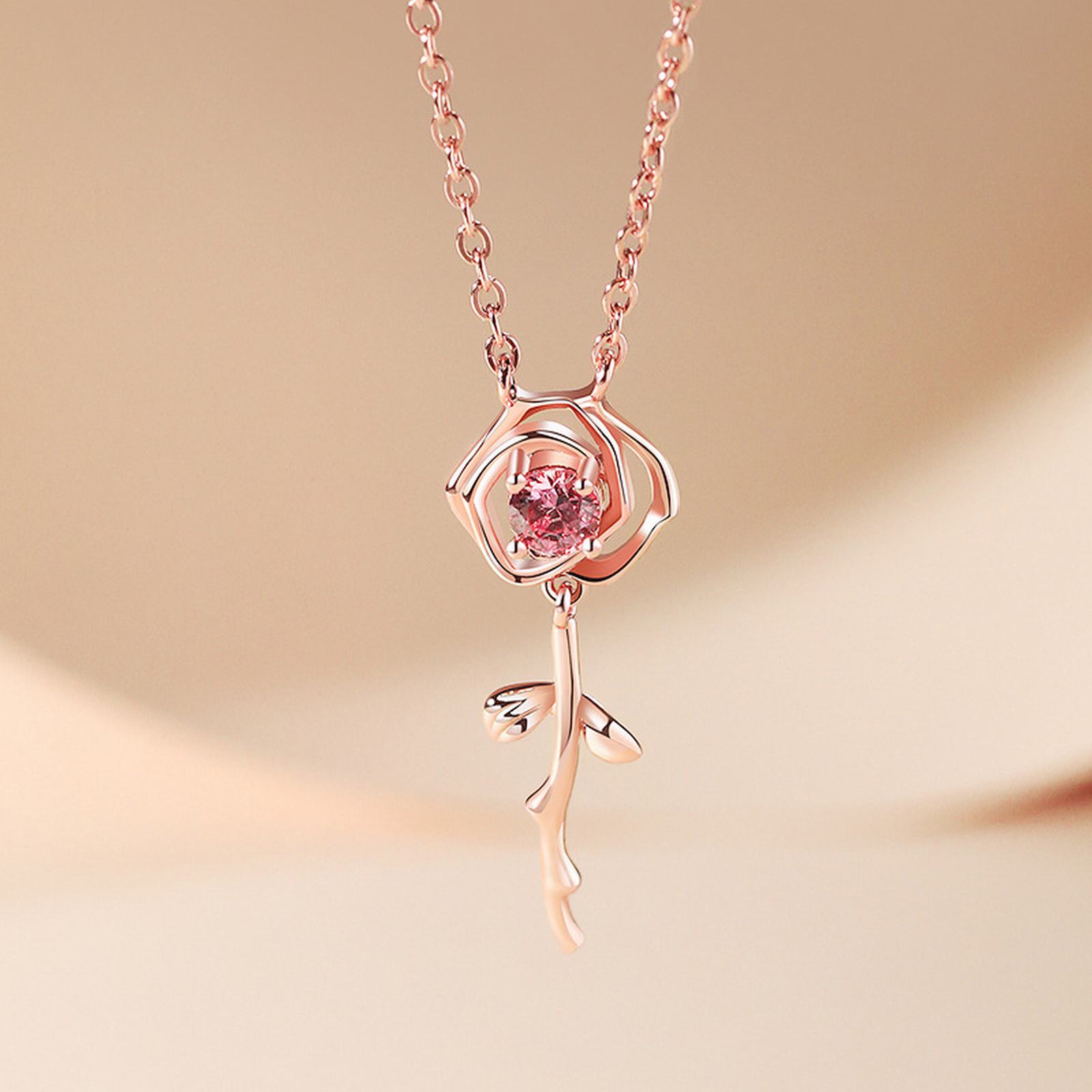How to shorten a necklace?
How to shorten a necklace? Necklaces are a beautiful and versatile accessory that can add a touch of elegance to any outfit. However, sometimes a necklace may be too long for your desired look or neckline. In such cases, it is beneficial to know how to shorten a necklace to achieve the perfect length. This comprehensive guide will walk you through step-by-step instructions on shortening a necklace, whether it’s a chain, pendant, or beaded design. Let’s delve into the world of jewelry and unlock the secrets to achieving a custom-fit necklace.
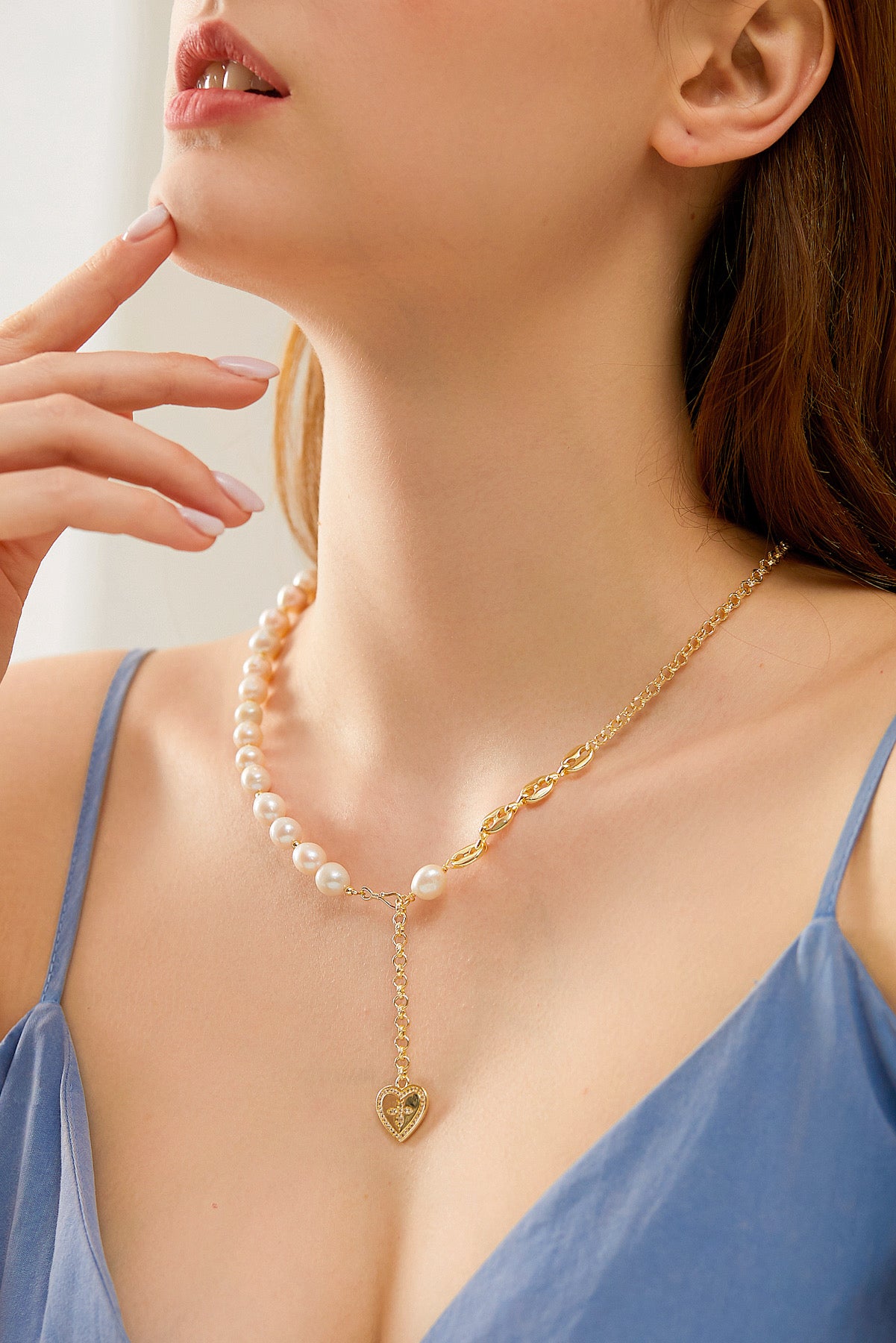
Assess the Desired Length:
Before you begin shortening the necklace, determine the desired length that suits your preference or complements the neckline of the outfit. Consider the following tips:
- Use a measuring tape or a piece of string to measure the desired length. Place the measuring tape or string around your neck, allowing it to sit where you want the pearl necklace to hang.
- Consider the style and design of the necklace. Take into account any pendants, charms, or beads that may affect the overall length when determining the desired length of the necklace.
Determine the Method of Shortening:
Depending on the design of the necklace, there are different methods you can use to shorten it. Consider the following options:
- Clasp adjustment: If the necklace has a clasp, check if it has adjustable length options. Some clasps have additional loops or jump rings that allow you to change the length by attaching the clasp to a different point on the necklace.
- Removing links: For chain necklaces, you can remove links to shorten the length. This method requires jewelry pliers and some expertise in working with small jewelry components.
- Knotting the necklace: If the necklace is made of beads or pearls, you can create a knot to shorten it. This method is ideal for necklaces that do not have a clasp or links to adjust. It can be easily adjusted and undone if you later desire to lengthen the necklace again.
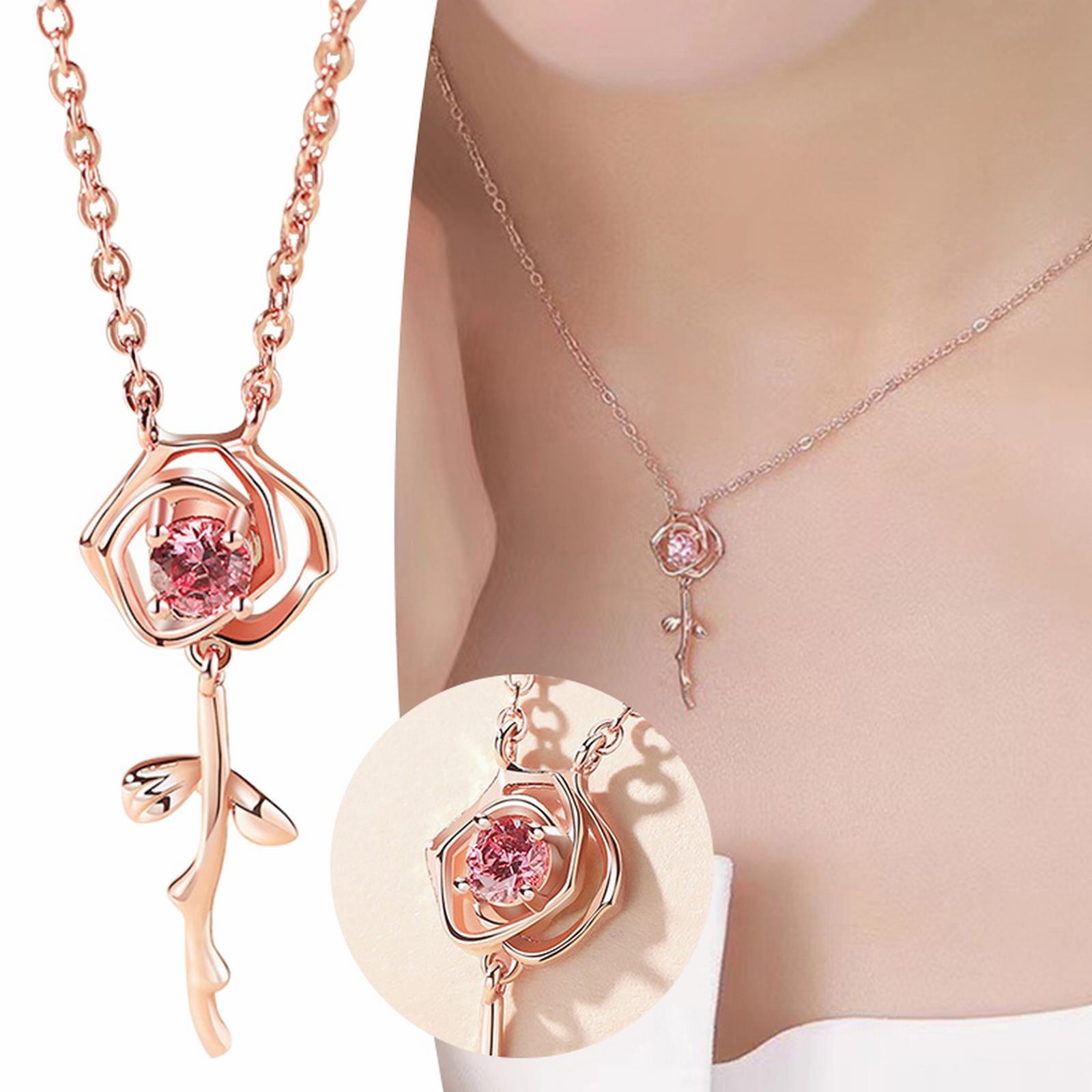
Shortening a Necklace with a Clasp:
If your necklace has a clasp and adjustable options, follow these steps to shorten it:
- Open the clasp: Use your fingers or jewelry pliers to open the clasp, exposing the jump rings or additional loops on the necklace.
- Choose the desired length: Determine which jump ring or loop you want to attach the clasp to, based on the desired length you measured earlier.
- Remove excess length: If there are any additional jump rings or loops beyond your desired length, use jewelry pliers to remove them by gently opening and separating the metal to release the excess chain. Be careful not to damage the chain or jump rings in the process.
- Reattach the clasp: Once the excess length has been removed, reattach the clasp to the chosen jump ring or loop by closing it with your fingers or jewelry pliers. Ensure that it is securely closed to prevent the clasp from accidentally opening while wearing the moissanite necklace.
Shortening a Necklace by Removing Links:
If your necklace consists of a chain that contains removable links, follow these steps to shorten it:
- Identify the links to remove: Determine the number of links to remove based on the desired length of the necklace. Locate the links that are closest to the clasp or the area where you want to shorten the necklace.
- Open the links: Use jewelry pliers to open the connectors or jump rings on the selected links. Gently twist the pliers to either side to open the link, ensuring that you don’t damage the link or the surrounding chain.
- Remove the links: Once the link is open, separate the chain by sliding it out of the open link. Keep the removed links and any accompanying jump rings in a safe place in case you want to extend the necklace in the future.
- Reconnect the chain: After removing the desired number of links, reattach the chain by closing the open links. Use jewelry pliers to twist the connectors back into their original shape, ensuring a secure closure.
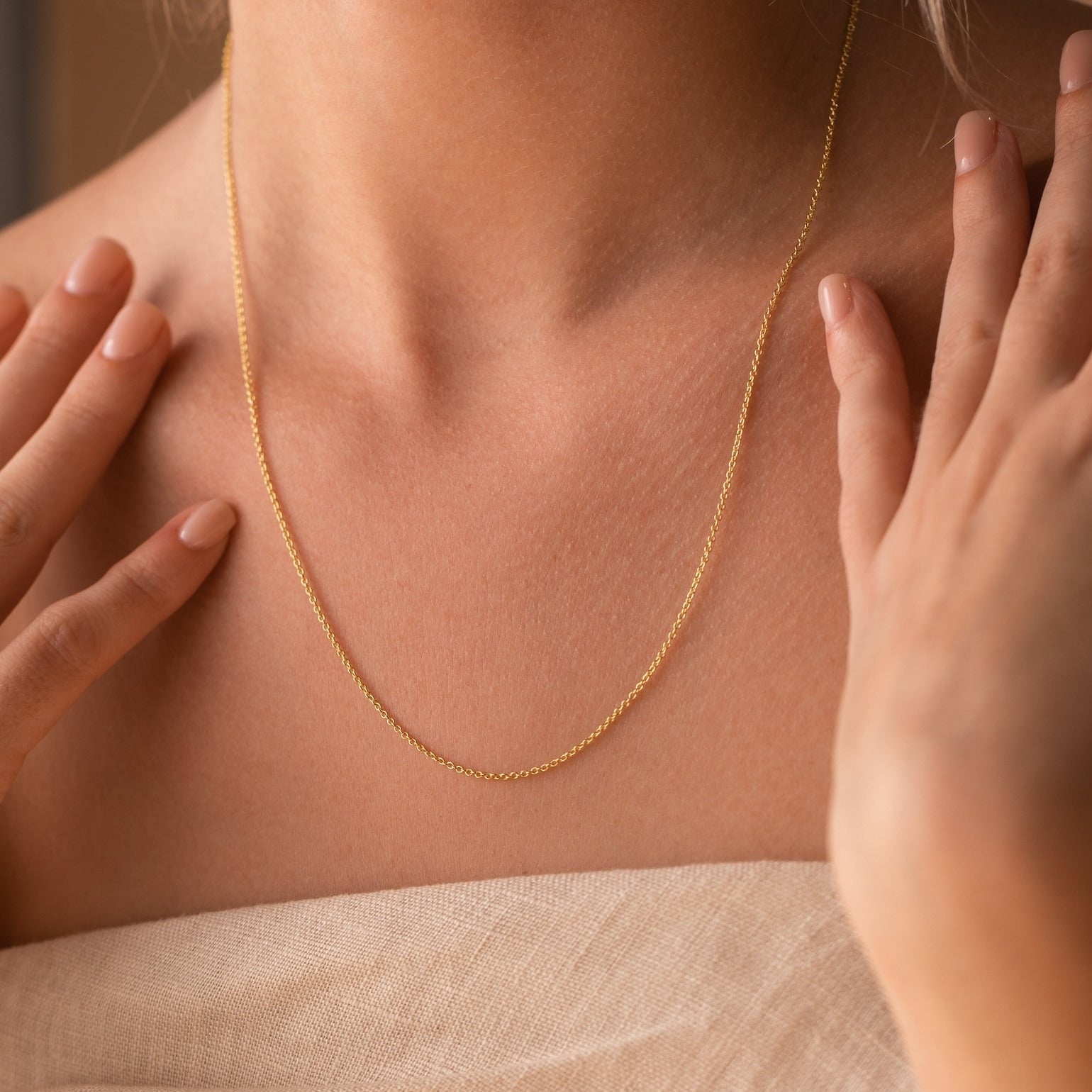
Shortening a Necklace by Knotting:
For necklaces made of beads or pearls, follow these steps to shorten it by creating a knot:
- Determine the desired length: Measure the desired length using a string or measuring tape, similar to the method mentioned in step 1.
- Secure one end: Begin by selecting one end of the necklace and creating a small loop or knot near the end. This will prevent the beads or pearls from falling off while you work on the other end.
- String the beads or pearls: Slide the beads or pearls down the string while keeping the necklace taut. Once you reach the desired length, secure the other end with another loop or knot.
- Adjust the knot: Adjust the knots on both ends until the necklace is at the desired length. Make sure the knots are tight enough to hold the beads or pearls in place, but not too tight that they become difficult to undo.
What are the advantages of necklace
Necklaces have been cherished and adorned by cultures worldwide for centuries. These versatile pieces of jewelry are more than mere accessories; they hold significant meaning and act as a form of self-expression. Necklaces can enhance an outfit, reflect personal style, and carry sentimental value.

Aesthetic Appeal:
One of the primary advantages of necklaces is their stunning aesthetic appeal. Consider the following points:
- Enhancing outfits: Necklaces have the power to instantly elevate an outfit, transforming a simple look into something more stylish and sophisticated. They act as focal points, drawing attention and adding a touch of elegance.
- Versatile designs: Necklaces come in various designs, including chains, pendants, chokers, multi-layered, or statement styles. This versatility allows individuals to choose bead necklace that suit their personal style and complement different clothing ensembles.
- Range of materials: Necklaces are crafted from diverse materials, including precious metals like gold and silver, gemstones, pearls, beads, and more. This vast range of materials enables individuals to select necklaces based on personal taste, occasion, or cultural significance.
Cultural and Symbolic Significance:
Necklaces hold cultural and symbolic significance across different communities. Consider the following benefits:
- Cultural representation: Necklaces often reflect cultural heritage and tradition. They can act as symbols of identity, representing customs, beliefs, and customs of specific regions or communities.
- Symbolic meanings: Necklaces can carry personal or symbolic meanings. For example, a pendant with a specific shape or symbol may represent love, protection, or spiritual beliefs. This allows individuals to express themselves and communicate messages through their choice of necklace.
- Sentimental value: Necklaces may hold sentimental value, serving as cherished mementos or heirlooms handed down through generations. Wearing such necklaces allows individuals to feel connected to their past and loved ones.
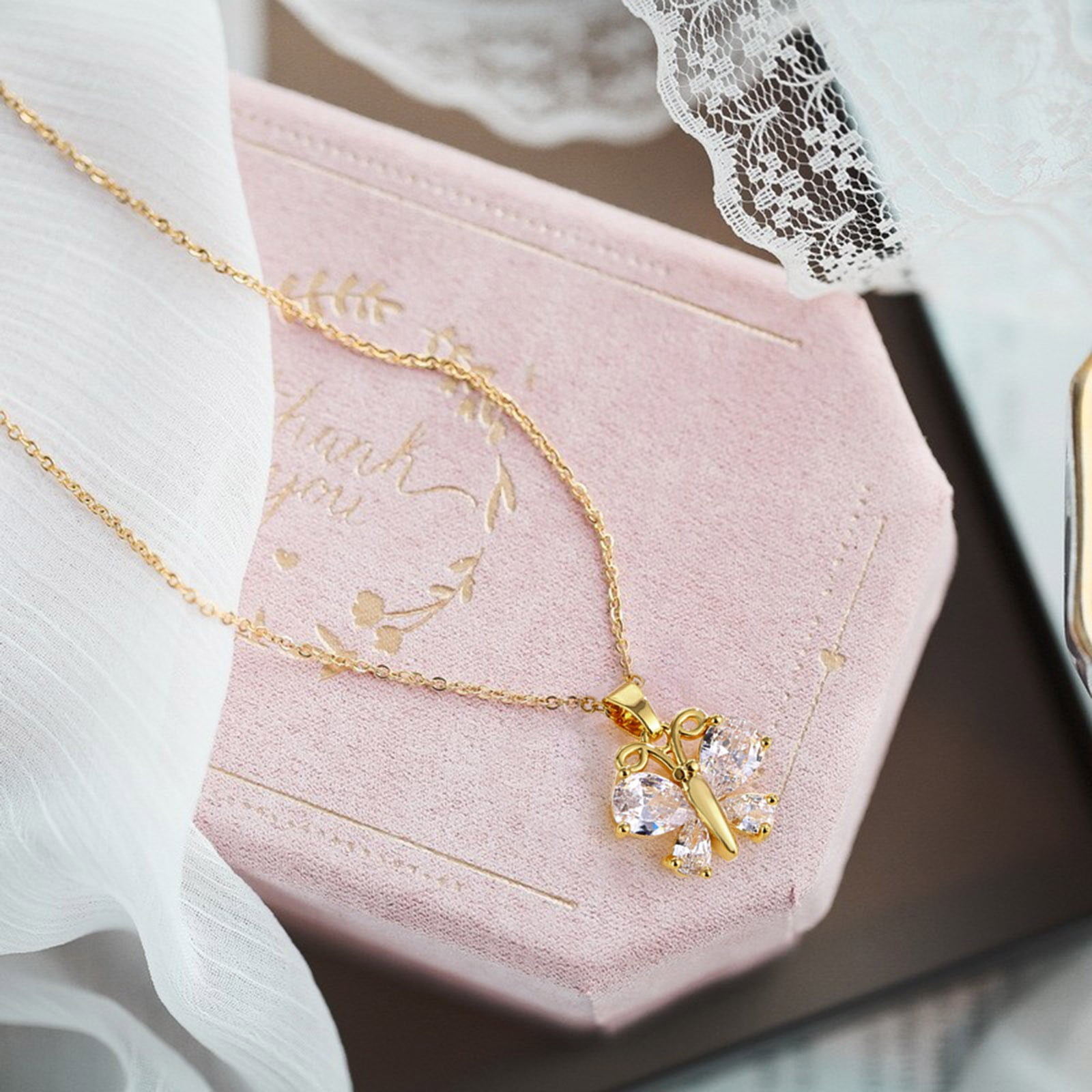
Conclusion:
Being able to shorten a necklace allows you to customize its length to suit your style and outfit. Whether it’s adjusting the clasp, removing links, or knotting the necklace, these step-by-step instructions provide you with the knowledge and techniques to achieve the desired length. By following these methods, you can confidently modify your necklaces to create a custom fit, allowing you to showcase your jewelry with style and elegance.
